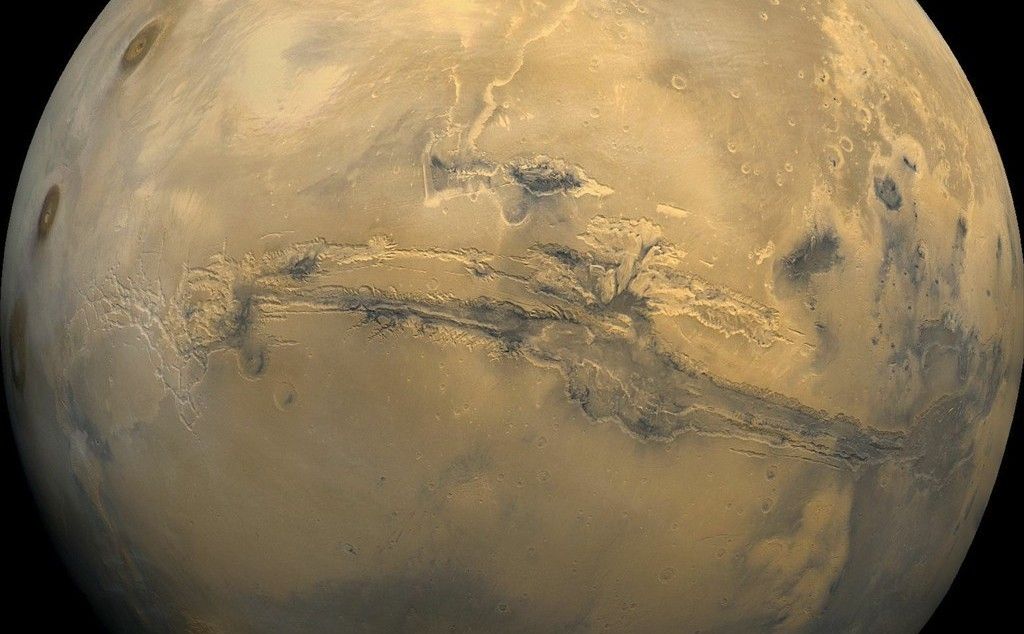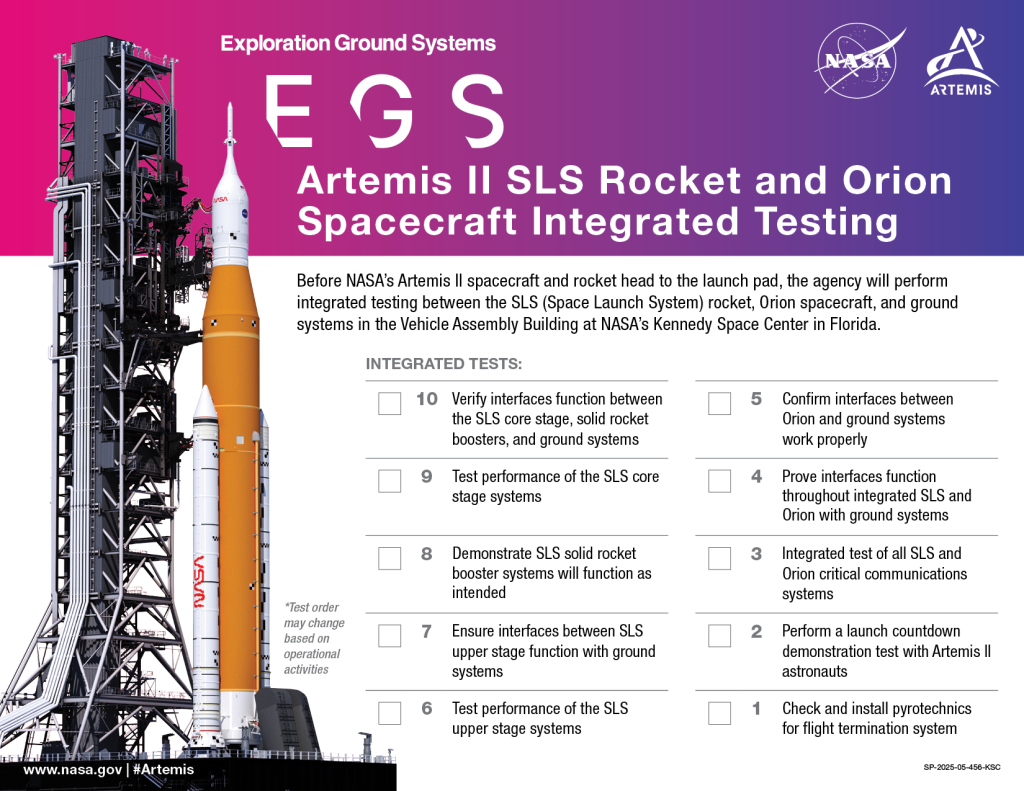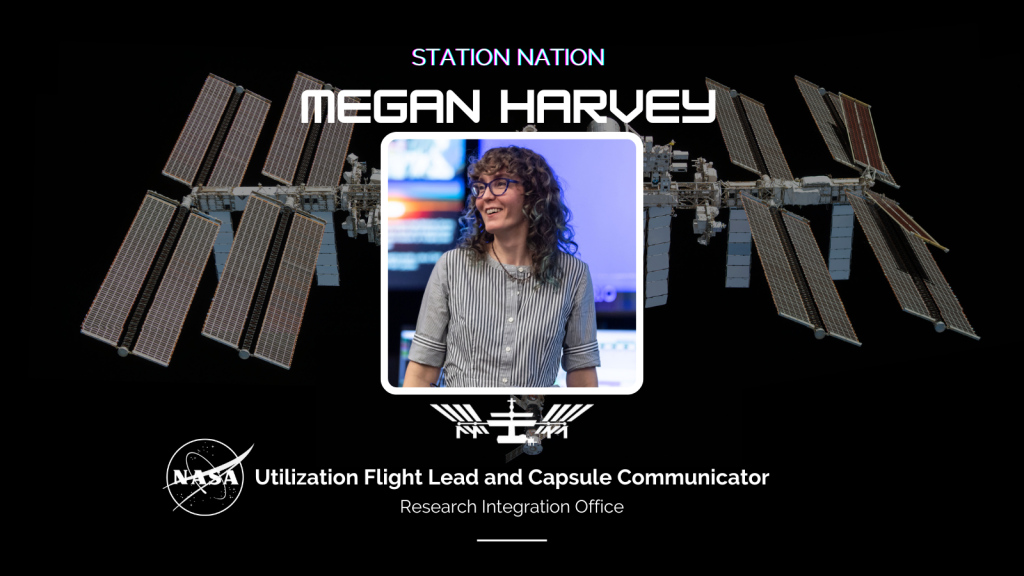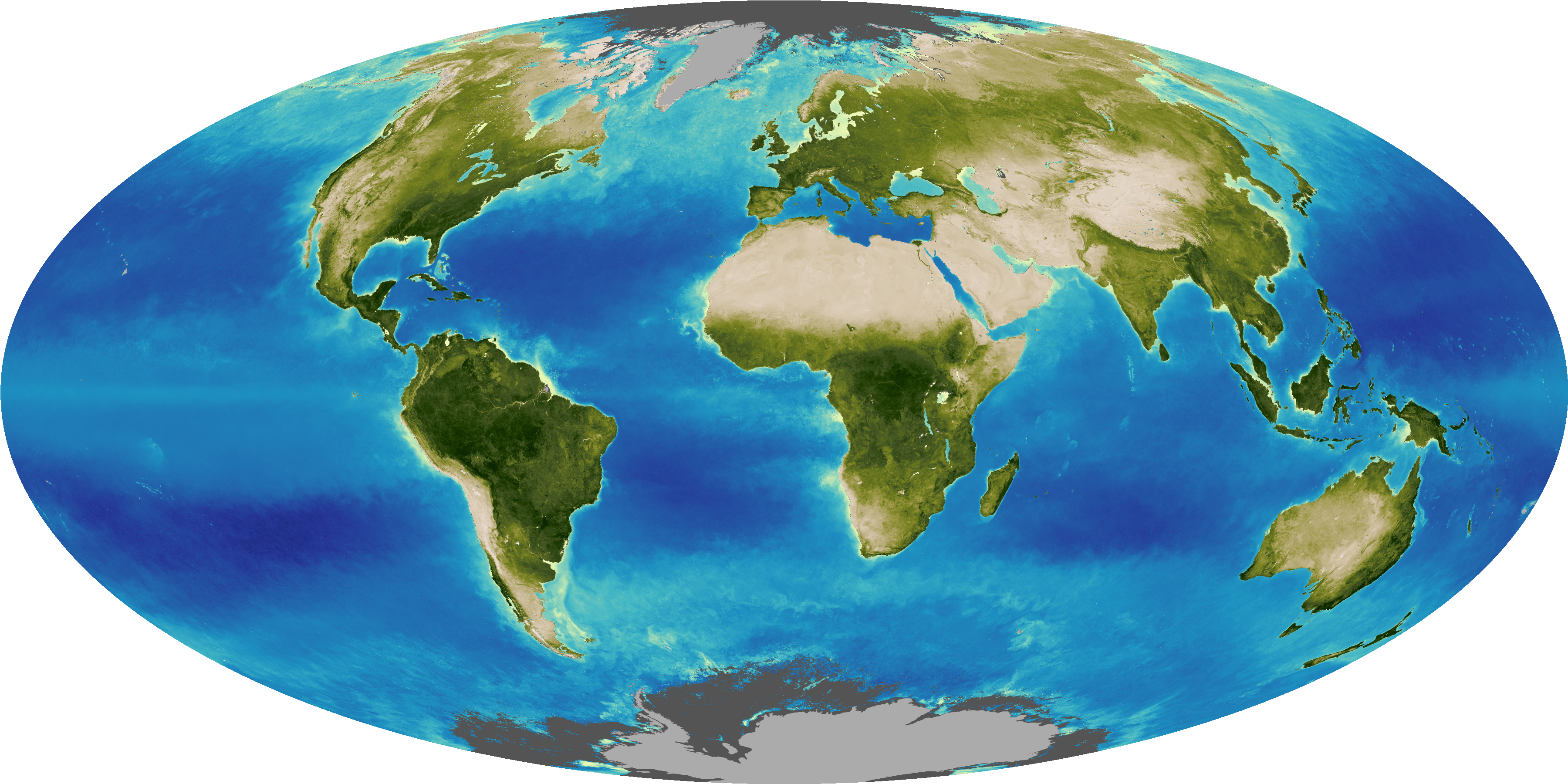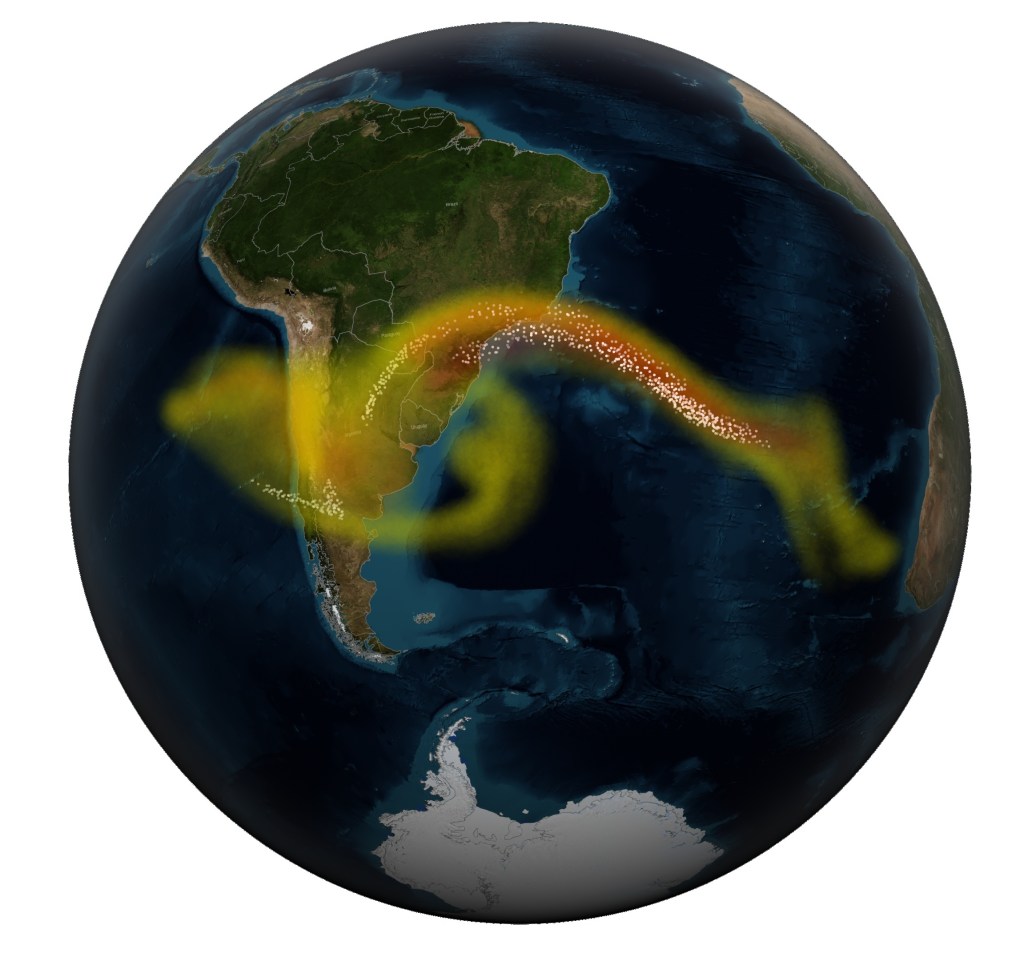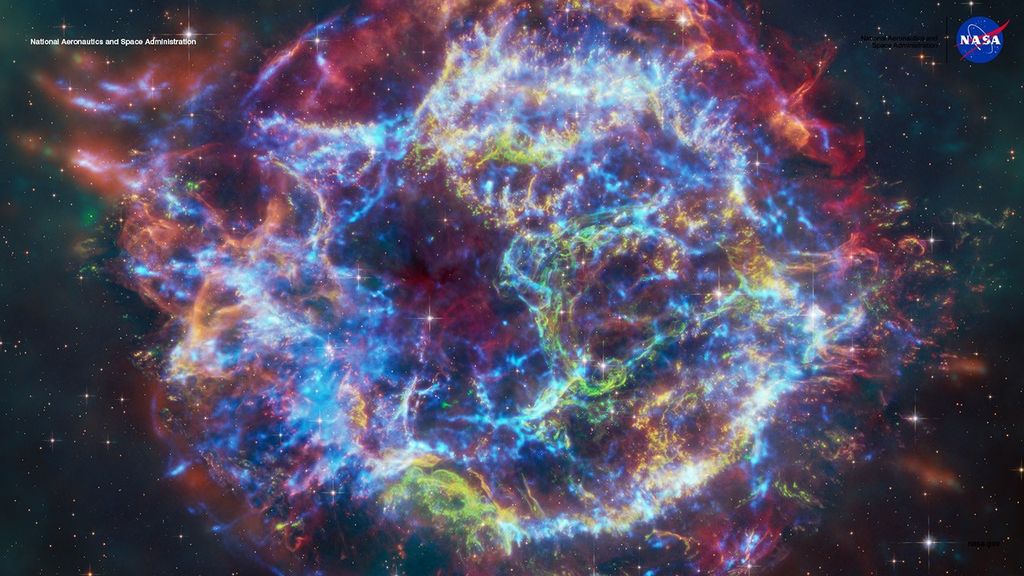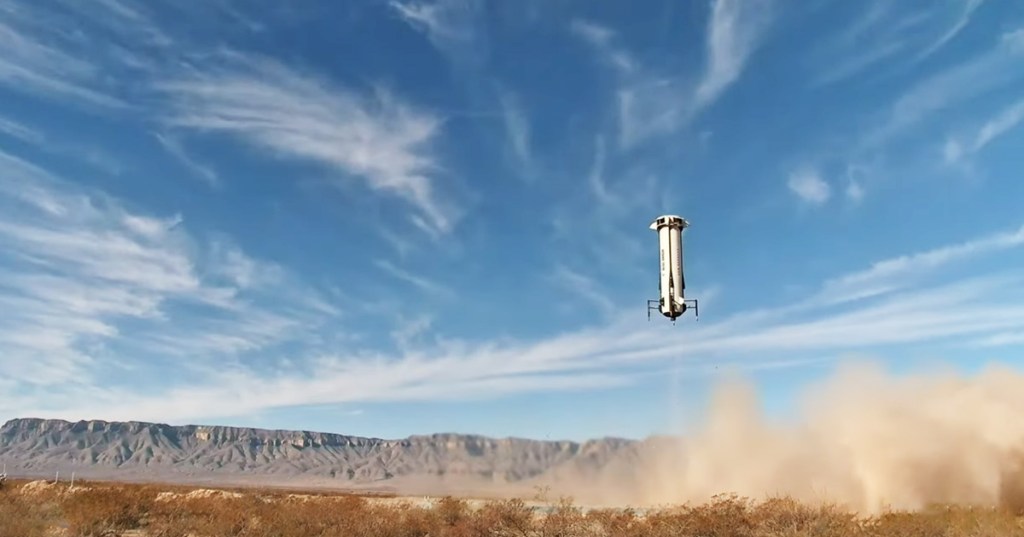22 min read
October 2022: The Next Full Moon is the Hunter’s Moon; the Travel, Dying Grass, Sanguine, or Blood Moon
The next full moon is the Hunter's Moon; the Travel, Dying Grass, Sanguine, or Blood Moon.
The next full moon is the Hunter's Moon; the Travel, Dying Grass, Sanguine, or Blood Moon; the start of the Sukkoth Holiday; Shared Purnima; the end of Vassa; Pavarana; the Thadingyut Festival of Lights Moon; the end of the Phaung Daw U Pagoda Festival; the Boun Suang Huea or the Boat Racing Festival Moon; and Vap Poya.
The next full moon will be on Sunday afternoon, Oct. 9, 2022, appearing opposite the Sun in Earth-based longitude at 4:55 p.m. EDT. This will be on Monday morning from the Iran and Gulf Standard Time Zones eastward to the International Date Line. The Moon will appear full for about three days centered on this time, from Saturday morning through Tuesday morning.
As the full moon after the Harvest Moon, this will be the Hunter's Moon. The earliest written use of the term "Hunter's Moon" identified in the Oxford English Dictionary is from 1710. According to the Farmer's Almanac, with the leaves falling and the deer fattened, it is time to hunt. Since the harvesters have reaped the fields, hunters can easily see the animals that have come out to glean (and the foxes that have come out to prey upon them).
The Maine Farmer's Almanac first published Native American names for the full moons in the 1930s. Over time these names have become widely known and used. According to this almanac, as the full moon in October the Algonquin tribes in what is now the northeastern United States called this the Travel Moon, the Dying Grass Moon, or the Sanguine or Blood Moon. Some sources indicate that the Dying Grass, Sanguine, and Blood Moon names are related to the turning of the leaves and dying back of plants with the start of fall. Others indicate that the names Sanguine and Blood Moon are associated with hunting to prepare for winter. the name "Travel Moon" may come from observing the migration of birds and other animals preparing for the winter. This name also may refer to the season when the more northern tribes would move down from the mountains for the winter. For example, both the Iroquois and Algonquin would hunt in the Adirondack Mountains during the summertime but leave in the fall to avoid the harsh mountain winters.
In the Hebrew calendar, this full moon falls near the start of Sukkoth, a 7-day holiday tied to the 15th day of the lunar month of Tishrei. Sukkoth is also known as the Feast of Tabernacles or the Feast of the Ingathering. Sukkoth ties back to both the sheltering of the People of Israel during the 40 years in the wilderness in the Book of Leviticus as well as to a harvest festival in the Book of Exodus. Often the family eats, sleeps, and spends time in a temporary hut built for this holiday that is symbolic of a wilderness shelter. This year Sukkoth starts at sunset on Sunday, Oct. 9, and ends at sundown on Sunday, Oct. 16, 2022.
This full moon occurs around the end of the seasonal monsoon rains in the Indian Subcontinent and is the end of the month of Ashvin in the North Indian Hindu calendar and Thadingyut in the traditional Burmese calendar. For Hindus, this is Shared Purnima, a harvest festival celebrated in a variety of ways.
For Buddhists, this Moon marks the end of Vassa, the three-month period of fasting for monks tied to the monsoons (Vassa is sometimes given the English names "Rains Retreat" or "Buddhist Lent"). There are numerous festivals and holy days associated with this Moon at the end of Vassa. Many Buddhists observe the holy day Pavarana on this day.
In Myanmar, this full moon corresponds with the three-day Thadingyut Festival of Lights, also known as the Lighting Festival of Myanmar. Also in Myanmar, this full moon is near the end of the Phaung Daw U Pagoda Festival. This festival began on the first waxing moon day of the month of Thadingyut and will end a few days past this full moon.
In Laos, this full moon corresponds with Boun Suang Huea, or the Boat Racing Festival. In the capital city of Laos the race this year will be on Oct. 11. In Sri Lanka, this is Vap Poya, which is followed by the Kathina festival, during which people give gifts to the monks, particularly new robes (so this lunar month is sometimes called the Month of Robes).
For some lunar and lunisolar calendars, the months change with the new moon, and full moons fall near the middle of the lunar months. This full moon is near the middle of the ninth month of the Chinese calendar and Rabi' al-Awwal in the Islamic calendar. Some Muslims celebrate Mawlid, the birth of the Prophet Muhammad, during this month.
As usual, the wearing of suitably celebratory celestial attire is encouraged in honor of the full moon.
Here are other celestial events between now and the full moon after next (with times and angles based on the location of NASA Headquarters in Washington, D.C.):
As autumn continues the daily periods of sunlight continue to shorten. On Sunday, Oct. 9, 2022 – the day of the full moon – morning twilight will begin at 6:14 a.m., sunrise will be at 7:12 a.m., solar noon will be at 12:55:25 p.m. when the Sun will reach its maximum altitude of 44.69 degrees, sunset will be at 6:38 p.m., and evening twilight will end at 7:36 p.m.
Since 2007 when Congress moved the end of Daylight Saving Time from the end of October to the beginning of November, the latest sunrises of the year have been in late October and early November. In 2022 for the Washington, D.C. area, the sunrises from Oct. 23 to Nov. 5 (in EDT) will be later than the latest sunrises of winter on Jan. 4 and 5, which were at 7:27 a.m. EST. If you find you are having trouble waking up in late October and early November, these dark mornings may be the reason (or at least a plausible excuse).
The latest sunrise of the year will be on Saturday, Nov. 5, the last day of Daylight Saving Time. Morning twilight will begin at 6:40 a.m. EDT, sunrise will be at 7:40 AM, solar noon will be at 12:51:36 p.m. when the Sun will reach its maximum altitude of 35.32 degrees, sunset will be at 6:03 p.m., and evening twilight will end at 7:03 p.m. Overnight we "fall back" from 1:59 a.m. EDT to 1 a.m. EST, gaining an hour of sleep. On Sunday, Nov. 6, morning twilight will begin at 5:41 a.m. EST, sunrise will be at 6:41 AM, solar noon will be at 11:51:38 a.m. when the Sun will reach its maximum altitude of 35.02 degrees, sunset will be at 5:02 p.m., and evening twilight will end at 6:02 p.m.
By Tuesday, Nov. 8 – the day of the full moon after next – morning twilight will begin at 5:43 a.m. EST, sunrise will be at 6:43 a.m., solar noon will be at 11:51:45 a.m. when the Sun will reach its maximum altitude of 34.44 degrees, sunset will be at 5:00 p.m., and evening twilight will end at 6:00 p.m.
The Orionid Meteor Shower is a medium shower expected to peak in the early morning of Oct. 21, 2022. At its peak (under ideal conditions) it is expected to produce about 20 visible meteors per hour. The best time to look should be from a little before midnight on the evening of Oct. 20 until moonrise on the morning of Oct. 21 at 3:11 a.m. EDT. According to the International Meteor Organization's 2022 Meteor Shower Calendar, in past years the Orionids have sometimes had lesser peaks around the main peak, so meteor rates can be similar for several nights around the expected peak. These meteors are called the Orionids because they appear to radiate out from near the constellation Orion. The Orionids are caused by dust and debris from Halley's comet entering the Earth's atmosphere at 147,000 miles per hour (66 km/sec).
Seeing these meteors from our more crowded urban locations will be difficult, so if you look for the Orionids, you will need to seek out better viewing conditions. Ideal conditions would be if the weather cooperates by being clear with no clouds or hazes, you look after Orion rises (a little before midnight) but before the light from moonrise begins to interfere, you go to a place far from any light sources or urban light pollution, and you have a clear view of a wide expanse of the sky.
Be sure to give your eyes plenty of time to adapt to the dark. The rod cells in your eyes are more sensitive to low light levels but play little role in color vision. Your color-sensing cone cells are concentrated near the center of your view with more of the rod cells on the edge of your view. Since some meteors are faint, you will tend to see more meteors from the "corner of your eye" (which is why you need to view a large part of the sky). Your color vision (cone cells) will adapt to darkness in about 10 minutes, but your more sensitive night vision rod cells will continue to improve for an hour or more (with most of the improvement in the first 35 to 45 minutes). The more sensitive your eyes are, the more chance you have of seeing meteors. Even a short exposure to light (from passing car headlights, etc.) will start the adaptation over again (so no turning on a light or your cell phone to check what time it is).
Several other minor meteor showers will peak during this lunar cycle but at only a few meteors per hour or (in the case of the Draconids that will peak on Oct. 9) have serious interference from moonlight.
This should be a great time to watch Jupiter and Saturn in the evenings. Saturn was at its closest and brightest for the year on Aug. 14, 2022, while Jupiter was at its closest and brightest on Sept. 26. Both will appear to shift westward each evening, making them higher in the sky, easier to see, and friendlier for backyard stargazing (especially if you have young ones with earlier bedtimes). With clear skies and a telescope, you should be able to see Jupiter's four bright moons, Ganymede, Callisto, Europa, and Io, noticeably shifting positions in the course of an evening. For Saturn, you should be able to see Saturn's rings as well as Saturn's largest moon, Titan.
On the evening of Sunday, Oct. 9, 2022 – the day of the full moon – as evening twilight ends at 7:36 p.m. EDT, the rising Moon will appear 9 degrees above the eastern horizon. Jupiter will appear 17 degrees above the east-southeastern horizon. Saturn will appear 30 degrees above the south-southeastern horizon. The bright stars Vega and Deneb will be tied for the brightest stars closest to overhead, both at 77 degrees above the horizon, with Vega above the western horizon and Deneb above the northeastern horizon. Vega and Deneb are two of the three bright stars in the Summer Triangle along with Altair. Vega is the 5th brightest star in our night sky, about 25 light-years from Earth, has twice the mass of our Sun, and shines 40 times brighter than our Sun. Deneb is about 2,600 light-years from Earth and is the 19th brightest star in our night sky.
As the lunar cycle progresses, Jupiter, Saturn, and the background of stars will appear to shift westward each evening as the Earth moves around the Sun. The waxing moon will pass near the bright star Antares on Oct. 27, Saturn on Nov. 1, and Jupiter on Nov. 4. By the evening of Tuesday, Nov. 8 – the day of the full moon after next – as evening twilight ends at 6 p.m. EST, the rising moon will be 8 degrees above the east-northeastern horizon. Jupiter will appear 33 degrees above the southeastern horizon. Saturn will appear 34 degrees above the southern horizon. The bright star appearing closest to overhead will be Deneb at 82 degrees above the north-northwestern horizon.
On the morning of Sunday, Oct. 9, 2022 – the day of the full moon – as morning twilight begins at 6:14 a.m. EDT, Mars will appear 71 degrees above the southwestern horizon and Mercury will appear 6 degrees above the eastern horizon, the highest Mercury will reach for this apparition. The full moon will be 5 degrees above the western horizon. The bright star appearing closest to overhead will be Capella at 77 degrees above the northwestern horizon. Although we see Capella as a single star (the 6th brightest in our night sky), it is actually four stars (two pairs of stars orbiting each other). Capella is about 43 lightyears from us.
As the lunar cycle progresses, the background of stars along with Mars will appear to shift westward each morning, although Mars will appear to shift more slowly. Mercury will appear to hover in the east and then shift back toward the eastern horizon.
As mentioned above, the Orionid Meteor Shower is expected to peak during the early mornings around Oct. 21, producing (under ideal conditions) about 20 visible meteors per hour. If you are far from city lights, the best time to look should be from about midnight until moonrise on Oct. 21 at 3:11 a.m. EDT.
Oct. 21 will be the last morning that Mercury will appear above the horizon as morning twilight begins, although Mercury may still be visible in the glow of dawn after twilight begins for another week or so. The waning moon will pass near Mars on Oct. 15, the bright star Pollux on Oct. 17, the bright star Regulus on Oct. 20, and Mercury on Oct. 24 (although you will need to wait until Mercury rises and the pair may be difficult to see in the glow of dawn on the eastern horizon).
By the morning of Tuesday, Nov. 8 – the day of the full moon after next – as morning twilight begins at 5:43 a.m. EST, the Moon will appear a dull reddish brown, as it will be in the shadow of the Earth in a full lunar eclipse, and will be about 11 degrees above the west-northwestern horizon. Mars will appear 48 degrees above the western horizon. The bright star appearing closest to overhead will still be Pollux at 74 degrees above the southwestern horizon. Pollux is the brighter of the twins in the constellation Gemini and is about 34 light-years from us.
For the total lunar eclipse, the Moon will enter the partial shadow of the Earth at 3:02 a.m. EST, but its slight darkening will be hard to detect. At 4:09 a.m. the full shadow will begin shifting across the Moon. You can watch the curved shadow from the round Earth move across the Moon until the Moon is fully shadowed at 5:17 a.m. For the Washington, D.C. area, morning twilight will begin around 5:43 a.m. The deepest point of the eclipse will be at 5:59 a.m. The Moon will begin emerging from the full shadow of the Earth at 6:42 a.m. For the D.C. area, sunrise will be at 6:43 a.m. and moonset at 6:50 a.m. If you can find a place to stand with the light of the rising Sun on your back and a view of the Moon before you, you will be casting your shadow on the Moon! From more western time zones you should be able to see more of the Moon emerge from shadow before moonset.
Here for your reference is a more detailed, day-by-day listing of celestial events between now and the full moon after next. The times and angles are based on the location of NASA Headquarters in Washington, D.C., so some of these details may differ for your location.
Saturday night, Oct. 1, 2022, is International Observe the Moon Night.
Sunday evening, Oct. 2, 2022, the Moon will appear half-full as it reaches its first quarter at 8:14 p.m. EDT.
Sunday afternoon, Oct, 4, 2022, at 12:34 p.m. EDT, the Moon will be at perigee, its closest to the Earth for this orbit.
Wednesday night into early Thursday morning, Oct. 5 to 6, 2022, Saturn will appear near the waxing gibbous moon. The Moon will appear 23 degrees above the southeastern horizon as evening twilight ends at 7:42 p.m. EDT with Saturn 6 degrees above the Moon. As the night progresses, Saturn will appear to swing clockwise around the Moon, gradually shifting farther away. The Moon will reach its highest in the sky for the night about 2 hours later at 10 p.m. with Saturn to the upper right. Saturn will set first below the west-southwestern horizon early Thursday morning at 2:43 p.m.
The second of the two Japanese Tsukimi or "moon-Viewing" festivals takes place on the 13th day of the ninth lunar month in the traditional Japanese calendar and celebrates the viewing of the waxing gibbous moon a few days before it is full.
Saturday afternoon, Oct. 8, 2022, will be when Mercury reaches its greatest angular separation from the Sun as seen from the Earth for this apparition (called greatest elongation), appearing half-lit through a large enough telescope. Because the angle of the line between the Sun and Mercury and the horizon changes over time, the date when Mercury and the Sun appear farthest apart as seen from the Earth is not always the same as when Mercury appears highest above the eastern horizon as morning twilight begins, but this time they align, as the latter occurs the next morning.
Saturday evening into Sunday morning, Oct. 8 to 9, 2022, Jupiter will appear near the full moon. The Moon will appear 13 above the east-southeastern horizon with Jupiter about 4 degrees above the Moon as evening twilight ends (at 7:37 p.m. EDT). The Moon will reach its highest in the sky for the night with Jupiter about 5 degrees to the right of the Moon around midnight (at 12:28 AM). Jupiter will set first below the western horizon on Sunday morning (at 6:07 AM) shortly before morning twilight begins.
Sunday morning, Oct. 9, 2022, will be when Mercury will appear its highest above the eastern horizon as morning twilight begins for this apparition, 6 degrees. Mercury will rise at 5:42 a.m. EDT about half an hour before morning twilight begins at 6:14 a.m. To see Mercury you will need a clear view to the eastern horizon.
As mentioned above, the next full moon will be Sunday afternoon, Oct. 9, 2022, at 4:55 p.m. EDT. The Moon will appear full for about three days centered on this time, from Saturday morning through Tuesday morning.
On Wednesday night into Thursday morning, Oct. 12 to 13, 2022, the Pleiades star cluster will appear 4 degrees from the waning gibbous moon. The Moon will rise above the east-northeastern horizon at 8:10 p.m. EDT with the Pleiades to the upper left. The Moon will reach its highest in the sky for the night Thursday morning at 3:36 a.m. with the Pleiades to the upper right, and morning twilight will begin less than 3 hours later at 6:18 a.m. with the Pleiades to the right.
Friday night into Saturday morning, Oct. 14 to 15, 2022, Mars will appear near the waning gibbous moon. On Friday night the Moon will rise first above the east-northeastern horizon with Mars rising at 9:44 p.m. EDT 3 degrees to the lower right of the Moon. Mars will appear to swing to the right of the Moon as it gradually shifts away, then back down to 5 degrees to the lower right by the time the Moon reaches its highest in the sky for the night on Saturday morning at 5:17 a.m. about an hour before morning twilight begins at 6:20 a.m.
Late Friday night into Monday morning, Oct. 16 to 17, 2022, the bright star Pollux will appear near the waning half-full moon. Pollux will rise above the northeastern horizon late Friday night at 11:27 p.m. EDT 6 degrees to the lower left of the Moon. On Monday morning twilight will begin about 7 hours later at 6:22 a.m. with Pollux 3 degrees to the upper left of the Moon.
Monday morning, Oct. 17, 2022, at 6:21 AM EDT, the Moon will be at apogee, its farthest from the Earth for this orbit.
Monday afternoon, the waning moon will appear half-full as it reaches its last quarter at 1:15 p.m. EDT.
Thursday morning, Oct. 20, 2022, the bright star Regulus will appear near the waning crescent moon. The Moon will rise first above the east-northeastern horizon and Regulus will rise at 2:41 a.m. EDT 7 degrees to the lower right of the Moon. Morning twilight will begin less than 4 hours later at 6:24 a.m.
As mentioned in the summary above, in the early morning of Friday, Oct. 21, 2022, the Orionid Meteor Shower is expected to peak at about 20 visible meteors per hour (under ideal conditions). The best time to look should be from a little before midnight the evening of Oct. 20 until moonrise the morning of Oct. 21 at 3:11 a.m. EDT. In past years the Orionids have sometimes had lesser peaks around the main peak, so meteor rates can be similar for several nights around the expected peak. These meteors are called the Orionids because they appear to radiate out from near the constellation Orion. Seeing these meteors from our more crowded urban locations will be difficult, so if you want to look for the Orionids, you should to seek out better viewing conditions. For more information see the celestial events summary earlier in this posting.
On Saturday afternoon, Oct. 22, 2022, Venus will be passing on the far side of the Sun as seen from the Earth, called superior conjunction. Venus will be shifting from the morning sky to the evening sky and will begin emerging from the glow of the dusk on the west-southwestern horizon in late November (depending upon viewing conditions).
Monday morning, Oct. 24, 2022, you might be able to see Mercury below the thin, waning crescent moon low on the eastern horizon. The Moon will rise first at 6:24 am. EDT just before morning twilight begins at 6:28 a.m.and Mercury will rise just after twilight begins at 6:35 a.m. Mercury will appear 2 degrees below the Moon. You will have less than a half hour before the glow of dawn becomes too bright. Because of the glow of dawn, you may need binoculars to see the pair (but make sure you stop looking toward sunrise long before the Sun appears)!
Tuesday morning, Oct. 25, 2022, at 6:49 a.m. EDT, will be the new moon, when the Moon passes between the Earth and the Sun and is not usually visible from the Earth. For parts of Europe, Africa, the Middle East, and Asia, the Moon will block part of the Sun in a partial solar eclipse, making the silhouette of the Moon visible for this new moon.
This new moon is considered the darkest night of the Hindu lunisolar year. The five-day Hindu festival of lights is celebrated around the night of this new moon, from Saturday, Oct. 22, to Wednesday, Oct. 26, 2022. Diwali will be celebrated on the third day which is Monday, October 24, or the fifteenth day of the month of Kartika as per the Hindu calendar.
The day of or the day after the New moon marks the start of the new month for some lunisolar calendars. The tenth month of the Chinese calendar starts on Tuesday, Oct. 25, 2022 (at midnight in China's time zone, which is 12 hours ahead of EDT). Sundown on Tuesday, Oct. 25, marks the start of Marcheshvan in the Hebrew calendar, a name often shortened to Cheshvan or Heshvan. In the Islamic calendar the months traditionally start with the first sighting of the waxing crescent moon. Many Muslim communities now follow the Umm al-Qura Calendar of Saudi Arabia, which uses astronomical calculations based on the location of Mecca to start months in a more predictable way. Using this calendar, sundown on Tuesday evening, Oct. 25, 2022, will probably mark the beginning of Rabiʽ al-Thani, also known as Rabiʽ al-Akhir, the fourth month in the Islamic calendar.
On Thursday evening, Oct. 27, 2022, the bright star Antares will appear 4 degrees to the left of the thin, waxing crescent moon as evening twilight ends at 7:12 p.m. EDT. The Moon will set below the west-southwestern horizon about 28 minutes later at 7:40 p.m.
Saturday morning, Oct. 29, 2022, at 10:36 a.m. EDT, the Moon will be at perigee, its closest to the Earth for this orbit.
Early on Tuesday morning, Nov. 1, 2022, the Moon will appear half-full as it reaches its first quarter at 2:37 a.m. EDT.
On Tuesday evening, Saturn will appear 5 degrees to the right of the half-full moon. Evening twilight will end at 7:07 p.m. EDT and Saturn will set on the west-southwestern horizon less than 6 hours later early Wednesday morning at 12:56 a.m.
On Friday evening into Saturday morning, Nov. 4 to 5, 2022, Jupiter will appear near the waxing gibbous moon. Evening twilight on Friday will end at 7:04 p.m. EDT with Jupiter 3 degrees above the Moon. The Moon will reach its highest in the sky for the night a little over 3 hours later at 10:23 p.m. with Jupiter 4 degrees to the upper right of the Moon. Jupiter will set first on the western horizon less than 6 hours later on Saturday morning at 4:08 a.m. 6 degrees to the lower right of the Moon.
Don't forget, Daylight Saving Time ends and Standard Time begins overnight from Saturday into Sunday, Nov. 5 to 6, 2022. Early Sunday morning we "fall back" from 1:59 a.m. EDT to 1 a.m. EST, gaining an hour of sleep. You will need to reset any clocks that don't reset themselves!
The full moon after next will be Tuesday morning, Nov. 8, 2022, at 6:02 a.m. EST (note the change from EDT to EST). The Moon will be close enough to opposite the Earth from the Sun that it will pass through the Earth's shadow creating a total lunar eclipse. (See details about the eclipse above under Morning Sky Highlights). The Moon will appear full for about three days around the eclipse, from Sunday evening to Wednesday morning.
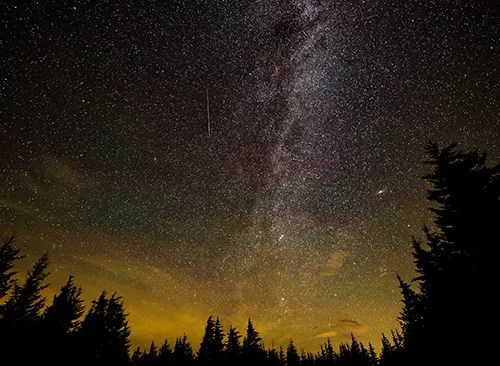
Guides, tips, and more
Keep Exploring
Discover More Topics From NASA



